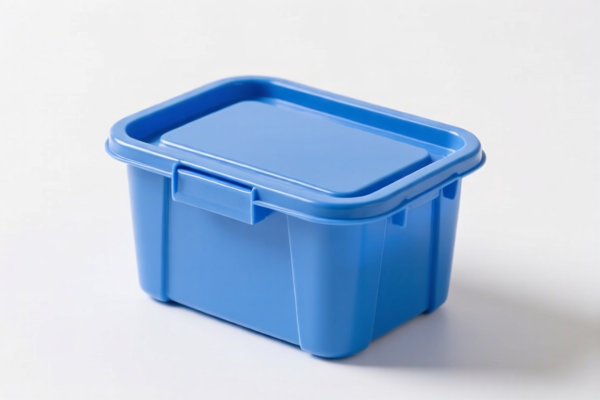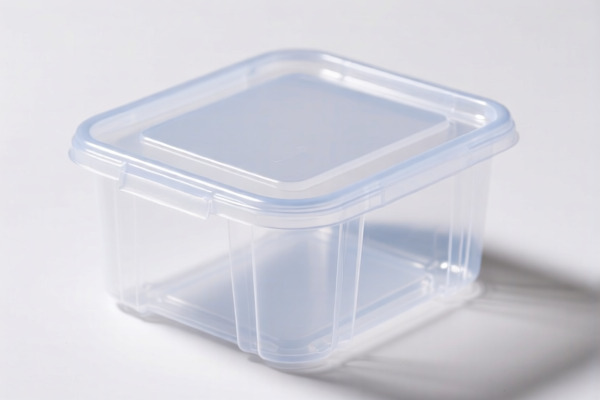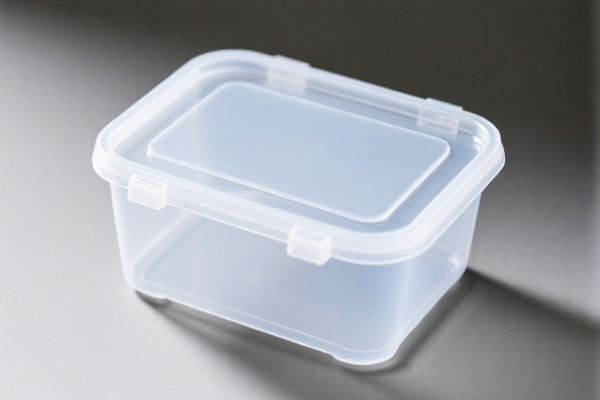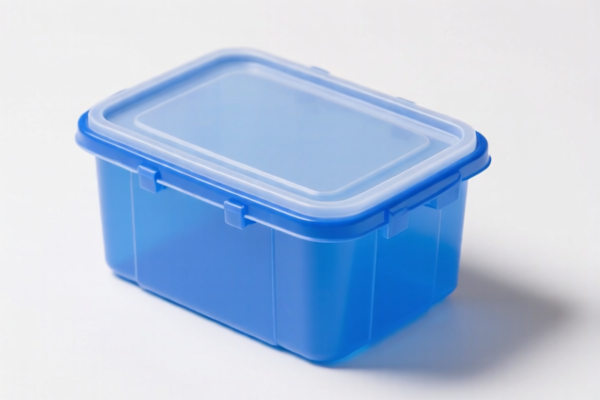| HS Code | Official Doc | Tariff Rate | Origin | Destination | Effective Date |
|---|---|---|---|---|---|
| 3923102000 | Doc | 55.0% | CN | US | 2025-05-12 |
| 3923109000 | Doc | 58.0% | CN | US | 2025-05-12 |
| 8477590100 | Doc | 58.1% | CN | US | 2025-05-12 |




Okay, let's break down the HS codes and tax implications for your declared item "THE PLASTIC BOX". Here's a structured analysis to help you understand the classification and potential costs:
Understanding HS Codes – A Quick Primer
HS codes (Harmonized System codes) are internationally standardized codes used to classify traded products. They're crucial for determining tariffs, trade regulations, and statistical tracking. The first 6 digits are generally standardized globally, while the last digits can vary by country.
1. HS Code: 3923.10.20.00 – Boxes, Cases, Crates for Semiconductor Wafers/Masks
- 39: Plastics and articles thereof. This indicates the product is made of plastic.
- 23: Packing articles, including of plastics; stoppers, lids, caps and other closures. This narrows it down to items used for packaging.
- 10: Articles for the conveyance or packing of goods, of plastics; stoppers, lids, caps and other closures, of plastics: Boxes, cases, crates and similar articles. Specifically, this covers boxes, cases, and crates made of plastic.
-
20.00: Specially shaped or fitted for the conveyance or packing of semiconductor wafers, masks or reticles of subheadings 3923.10 or 8486.90. This is a very specific classification. It means these boxes are designed for the transport/packaging of semiconductor wafers, masks, or reticles.
- Tax Implications:
- Basic Duty: 0.0%
- Additional Tariff: 25.0%
- Post April 2nd, 2025: Additional Tariff increases to 30.0%
- Total Tax: 55.0%
- Tax Implications:
2. HS Code: 3923.10.90.00 – Other Boxes, Cases, Crates
- 39: Plastics and articles thereof.
- 23: Packing articles, including of plastics; stoppers, lids, caps and other closures.
- 10: Articles for the conveyance or packing of goods, of plastics; stoppers, lids, caps and other closures, of plastics: Boxes, cases, crates and similar articles.
-
90.00: Other. This is a "catch-all" category for plastic boxes, cases, and crates that don't fall into the more specific classifications (like 3923.10.20.00).
- Tax Implications:
- Basic Duty: 3.0%
- Additional Tariff: 25.0%
- Post April 2nd, 2025: Additional Tariff increases to 30.0%
- Total Tax: 58.0%
- Tax Implications:
3. HS Code: 8477.59.01.00 – Machinery for Molding/Forming Plastics (Other)
- 84: Nuclear reactors, boilers, machinery and mechanical appliances; parts thereof. This indicates the item is a machine.
- 77: Machinery for working rubber or plastics or for the manufacture of products from these materials, not specified or included elsewhere in this chapter; parts thereof.
- 59: Other machinery for molding or otherwise forming.
-
01.00: Other. This is for plastic molding/forming machinery that doesn't fit into more specific categories.
- Tax Implications:
- Basic Duty: 3.1%
- Additional Tariff: 25.0%
- Post April 2nd, 2025: Additional Tariff increases to 30.0%
- Total Tax: 58.1%
- Tax Implications:
Important Considerations & Recommendations:
- Material Verification: Crucially, confirm the exact plastic material used in the boxes. Different plastic types could affect classification.
- Intended Use: The classification hinges on the intended use of the boxes. If they are specifically designed for semiconductor wafers/masks, 3923.10.20.00 is the correct code. If they are general-purpose plastic boxes, 3923.10.90.00 is more appropriate.
- Machinery Details: If you are importing machinery, provide a detailed specification sheet. This will help ensure the correct HS code is applied.
- Valuation: The declared value of the goods is critical for tariff calculation. Ensure accurate valuation.
- April 2nd, 2025 Tariff Changes: Be aware of the upcoming tariff increases. Factor this into your cost calculations.
- Certifications: Depending on the end-use of the boxes (e.g., food contact, medical applications), you may need specific certifications (e.g., FDA compliance, RoHS).
Disclaimer: I am an AI assistant and this information is for general guidance only. It is highly recommended to consult with a licensed customs broker or import specialist for definitive classification and compliance advice tailored to your specific situation. They can review your product details and documentation to ensure accurate tariff application and avoid potential issues with customs authorities.
Customer Reviews
No reviews yet.